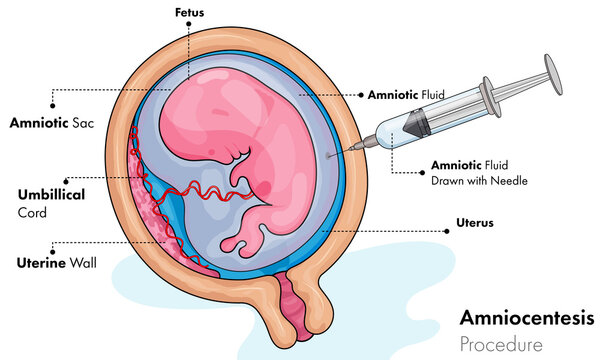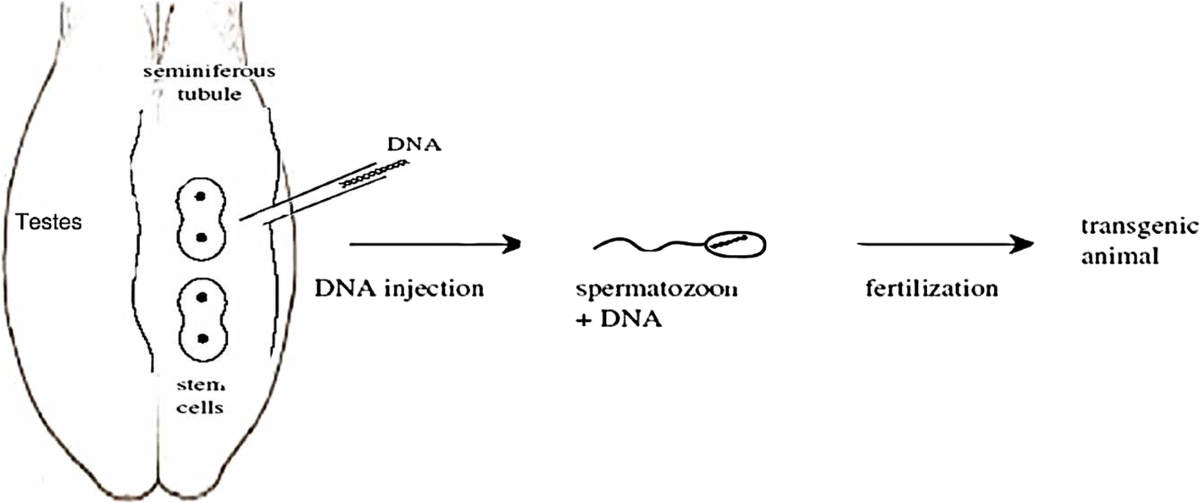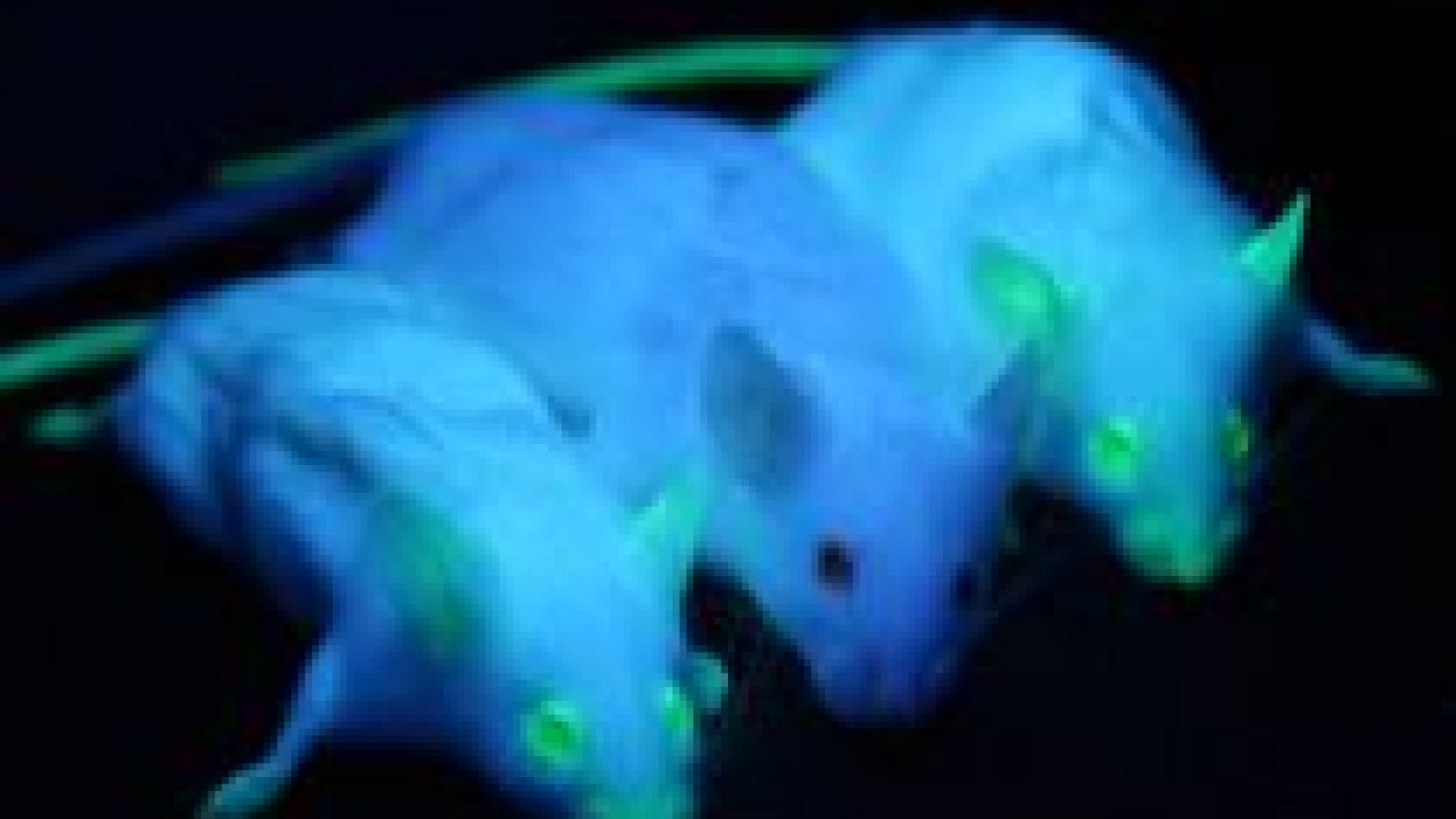Tissue and organ transplantation
Transplantation is a surgical procedure in which an organ(s), tissue, or group of cells is removed from one person (the donor) and transplanted into another person (the recipient) or moved from one site to another in the same person.
Tissue Transplantation
Tissue transplantation is a surgical procedure that involves moving tissue from a donor to a recipient. It can be used to repair or replace damaged, missing, or diseased tissue. The types of tissue transplantation are classified based on the source of the donor tissue and the recipient. These are:
Autograft
Tissue is transplanted from one part of the body to another in the same individual. No risk of immune rejection as the donor and recipient are the same. Example: Skin grafts for burn victims.
Allograft
Tissue is transplanted from one individual to another of the same species but genetically different. Risk of immune rejection, requiring immunosuppressive drugs. Example: corneal transplantation and kidney or liver transplants.
Xenograft
Tissue is transplanted from a donor of a different species to a human recipient. High risk of immune rejection and transmission of zoonotic diseases. Example: Pig heart valves used in humans.
Isograft (Syngraft)
Tissue is transplanted between genetically identical individuals (e.g., identical twins). No immune rejection as the donor and recipient are genetically identical. Example: Bone marrow transplantation between identical twins.
Organ Transplantation
Organ transplant is a procedure where a viable organ is removed from a donor to replace the malfunctioning or damaged organ in a recipient. The donor can be living or deceased. It can save the life of the person who receives the organ. The person who gives the organ is called the donor. The person who receives the organ is called the recipient.
Organs that have been successfully transplanted include the heart, kidneys, liver, lungs, pancreas, intestine, thymus, and uterus.
In-Vitro Fertilization
IVF is a medical procedure to help people have a baby when they are having trouble getting pregnant naturally. It involves combining an egg and sperm outside the body in a lab. The fertilised egg, called an embryo, is then returned to the woman’s womb to grow and develop.
Louise Brown was the world’s first baby born through in vitro fertilization (IVF) on July 25, 1978, in the United Kingdom.
IVF is a procedure that helps individuals and couples overcome different types of infertility and conceive a child. It is recommended in cases such as:
- Women with blocked or damaged fallopian tubes.
- Men with a low sperm count or reduced sperm motility.
- Women with ovulation disorders or conditions like endometriosis.
- Couples experiencing unexplained infertility with no identifiable cause.
- Individuals who require genetic screening to prevent passing on hereditary conditions.
Procedure:
- Ovarian Stimulation: A patient takes fertility drugs to stimulate the ovaries to produce eggs.
- Egg Retrieval: Eggs are collected from the ovaries using a minor surgical procedure.
- Sperm Collection: A sperm sample is collected from the male partner or a donor.
- Fertilization: The eggs are fertilized with sperm in a laboratory.
- Embryo Culture: Fertilized eggs (embryos) are cultured in the lab for several days.
- Embryo Transfer: One or more embryos are transferred into the uterus through the cervix using a thin catheter.
- Pregnancy Test: A blood test is conducted about two weeks after the embryo transfer to determine if pregnancy has occurred.

Risks of IVF
- Multiple pregnancies (like twins or triplets).
- Ovaries can become swollen and painful.
- Risk of miscarriage or ectopic pregnancy (pregnancy outside the uterus).
- Slightly higher chance of birth defects.
- Emotional stress due to the process.
Amniocentesis
Amniocentesis is a prenatal diagnostic procedure in which a small amount of amniotic fluid is extracted from the amniotic sac surrounding a developing fetus. This fluid contains fetal cells and various chemicals that can be analyzed to detect genetic disorders, chromosomal abnormalities, and other conditions.
Typically performed between the 15th and 20th weeks of pregnancy, but can be done later if necessary.
Conditions That May Need Amniocentesis
Amniocentesis is typically recommended under the following conditions:
- Advanced Maternal Age: Pregnant women aged 35 or older have a higher risk of chromosomal abnormalities like Down syndrome.
- Family History of Genetic Disorders: If there is a known history of genetic conditions (e.g., cystic fibrosis, sickle cell anemia) in the family.
- Abnormal Prenatal Screening Results: If initial tests (e.g., ultrasound, blood tests) suggest potential abnormalities.
- Previous Pregnancy with Genetic Disorders: If a previous child had a chromosomal or genetic condition.
- Carrier of X-linked Disorders: To determine the sex of the fetus if the mother is a carrier of an X-linked disorder (e.g., hemophilia, Duchenne muscular dystrophy).
Procedure
Amniocentesis is a minimally invasive procedure performed between 15–20 weeks of pregnancy.

- Preparation:
- The mother’s abdomen is cleaned with an antiseptic.
- Ultrasound is used to locate the fetus and placenta to avoid any harm.
- Insertion of Needle:
- A thin, hollow needle is inserted through the abdomen into the amniotic sac.
- A small amount of amniotic fluid (about 20 mL) is withdrawn. This fluid contains fetal cells and chemicals that can be analyzed.
- Post-Procedure:
- The mother is monitored for a short time to ensure there are no complications.
- The sample is sent to a lab for genetic, biochemical, or chromosomal analysis.
Advantages of Amniocentesis
- Accurate Diagnosis: Provides definitive information about genetic and chromosomal abnormalities.
- Early Detection: Allows parents to prepare for a child with special needs or make informed decisions about the pregnancy.
- Sex Determination: Helps identify the sex of the fetus, which is important for X-linked disorders.
Disadvantages of Amniocentesis
- Risk of Miscarriage: There is a small risk (about 0.5–1%) of miscarriage due to the procedure.
- Infection: Rarely, the procedure can introduce infection into the amniotic sac.
- Leakage of Amniotic Fluid: In some cases, amniotic fluid may leak after the procedure.
Genetically modified organisms (Transgenic Animals)
Trangenic animals are the animals with the modified genome. A foreign gene is inserted into the genome of the animal to alter its DNA. This method is done to improve the genetic traits of the target animal.
Methods for Creating Transgenic Animals
a) DNA Microinjection
- Process:
- A foreign gene is directly injected into the pronucleus of a fertilized egg using a fine glass needle.
- The egg is then implanted into a surrogate mother.
- Advantages:
- Simple and widely used.
- Disadvantages:
- Low success rate (only 1–3% of injected eggs develop into transgenic animals).

b) Embryonic Stem Cell (ES Cell) Mediated Gene Transfer
- Process:
- Embryonic stem cells are isolated from an early embryo.
- The foreign gene is introduced into these cells in a lab.
- The genetically modified ES cells are injected into a blastocyst, which is then implanted into a surrogate mother.
- Advantages:
- High precision in gene targeting.
- Disadvantages:
- Limited to species where ES cells are available (e.g., mice).\
c) Retrovirus-Mediated Gene Transfer
- Process:
- Retroviruses are used as vectors to deliver the foreign gene into the host genome.
- The virus infects the host cell and integrates the transgene into the host DNA.
- Advantages:
- High efficiency of gene transfer.
- Disadvantages:
- Limited to small genes due to the size constraints of the viral vector.
d) Sperm-Mediated Gene Transfer
- Process:
- Sperm cells are mixed with the foreign DNA and used for fertilization.
- The sperm carries the transgene into the egg during fertilization.
- Advantages:
- Simple and cost-effective.
- Disadvantages:
- Low efficiency and inconsistent results.
Applications of Transgenic Animals
- Medical Research:
- Study human diseases (e.g., cancer, Alzheimer’s) using animal models.
- Produce therapeutic proteins (e.g., insulin, growth hormones) in milk or blood.
- Agriculture:
- Create disease-resistant or high-yield livestock.
- Improve meat and milk quality (e.g., transgenic cows with higher protein content).
- Industrial Applications:
- Produce enzymes or chemicals in animal tissues (e.g., spider silk proteins in goat milk).
- Environmental Applications:
- Develop animals that can clean up pollutants (e.g., transgenic fish that detect toxins).
Examples of Transgenic Animals
- Glow-in-the-Dark Mice:
- Genes from jellyfish (producing green fluorescent protein) were inserted into mice.

- Transgenic sheep (Dolly):
- First mammal cloned from an adult somatic cell.
- AquAdvantage Salmon:
- Genetically modified to grow faster than wild salmon.
Poultry Farming
Poultry farming is the practice of raising domesticated birds such as chickens, ducks, turkeys, and geese for their meat, eggs, and feathers. It is a profitable and sustainable agricultural practice.
Types of Cultivable Fowl Species
a) Endemic (Indigenous) Species
- Aseel: Known for its fighting ability and meat quality.
- Kadaknath: famous for its black meat and high protein content.
- Chittagong: A dual-purpose breed for meat and eggs.
b) Exotic (Foreign) Species
- White Leghorn: excellent egg layer, producing white-shelled eggs.
- Rhode Island Red: dual-purpose breed for meat and brown eggs.
- Plymouth Rock: Known for its hardiness and good meat quality.
Types of Poultry Farming
Free-Range Farming: Birds are allowed to roam freely outdoors for a significant portion of the day. Birds have access to open spaces, sunlight, and natural vegetation. This type of farming has lower feed costs due to foraging.
Semi-Intensive Farming: A combination of free-range and captive farming, where birds have access to both indoor housing and outdoor runs. Birds are kept in enclosed houses but allowed to roam in fenced outdoor areas during the day. It has lower risk of predation compared to free-range systems.
Captive or Intensive Farming: Birds are kept indoors in controlled environments with no access to the outdoors. Birds are housed in large sheds or cages with controlled temperature, light, and ventilation. It has better control over disease and predation.
a) Construction of Poultry House
Farm Management
- Location: Well-ventilated, away from residential areas, and easily accessible.
- Design:
- Proper drainage and ventilation systems.
- Adequate space (1–2 sq. ft. per bird for layers, 0.8–1 sq. ft. for broilers).
- Protection from predators and extreme weather.
- Materials: Use durable, easy-to-clean materials like concrete and wire mesh.
b) Selection of Breeds
- Choose breeds based on the purpose (egg production, meat, or dual-purpose).
- Consider factors like disease resistance, growth rate, and adaptability to local conditions.
c) Food and Feeding
- Provide a balanced diet with proteins, carbohydrates, fats, vitamins, and minerals.
- Common feeds include maize, soybean meal, fish meal, and rice bran.
- Ensure clean drinking water is always available.
d) Breeding in Fowls
- Select healthy, high-yielding birds for breeding.
- Use artificial insemination or natural mating methods.
- Maintain a proper male-to-female ratio (1:10 for layers, 1:8 for broilers).
e) Egg Production
- Ensure proper lighting (14–16 hours of light per day) to stimulate egg production.
- Collect eggs frequently to prevent breakage and contamination.
- Provide nesting boxes for layers.
f) Incubation and Hatching
- Natural Incubation: Using broody hens to hatch eggs.
- Artificial Incubation: Using incubators to control temperature (37.5–37.8°C) and humidity (60–65%).
- Turn eggs regularly to ensure proper development.
g) Brooding
- Provide a warm, draft-free environment for chicks (35°C in the first week, reducing by 2–3°C weekly).
- Use brooder lamps or heaters to maintain temperature.
- Ensure proper ventilation and hygiene.
Advantages of Poultry Farming
- High Profitability: Low investment with high returns.
- Short Production Cycle: Broilers are ready for sale in 6–7 weeks.
- Nutritious Products: Eggs and meat are rich in protein and essential nutrients.
- Employment Opportunities: Creates jobs in rural and urban areas.
- Sustainable: Poultry waste can be used as organic fertilizer.
Fish Farming
Fish farming, or aquaculture, is the practice of raising fish in controlled environments for commercial, recreational, or conservation purposes. It is an important source of protein and livelihood for millions of people worldwide.
Types of Fishes
a) Based on Cultivability
- Cultivable Fishes:
- Species that can be easily raised in controlled environments.
- Examples: Rohu (Labeo rohita), Catla (Catla catla), Grass Carp (Ctenopharyngodon idella), Silver Carp (Hypophthalmichthys molitrix).
- Non-Cultivable Fishes:
- Species that are difficult to raise in captivity due to specific habitat or feeding requirements.
- Examples: Hilsa (Tenualosa ilisha), Mahseer (Tor tor).
b) Based on Origin
- Endemic Fishes:
- Native to a specific region or ecosystem.
- Examples: Rohu, Catla, Mrigal (Cirrhinus mrigala).
- Exotic Fishes:
- Introduced from other regions or countries.
- Examples: Grass Carp, Silver Carp, Nile Tilapia (Oreochromis niloticus).
Types of Fish Farming
a) Monoculture
- Raising a single species of fish in a pond or tank.
- Advantages: Easier management and feeding.
- Disadvantages: Higher risk of disease outbreaks.
b) Polyculture
- Raising multiple compatible species in the same pond.
- Advantages: Efficient use of resources (e.g., different feeding habits).
- Disadvantages: Requires careful species selection and management.
c) Cage Culture
- Fish are raised in cages or nets placed in natural water bodies like lakes, rivers, or oceans.
- Advantages: Low infrastructure cost, utilizes natural water resources.
- Disadvantages: Risk of pollution and conflicts with other water users.
d) Integrated Fish Farming
- Combining fish farming with other agricultural practices (e.g., rice-fish farming, poultry-fish farming).
- Advantages: Maximizes resource use and increases income.
Types of Fish Ponds
a) Segregation Pond: A segregation pond is used to separate fish based on their size, age, or species. This type of pond is essential for managing fish populations effectively, especially to prevent larger fish from preying on smaller ones.
b) Spawning Pond: A spawning pond is specifically designed for the natural breeding of fish. It typically features shallow areas with aquatic vegetation to mimic the natural environment where fish lay eggs. The pond is stocked with a suitable ratio of male and female fish (e.g., 2:1 or 3:1) to maximize fertilization rates.
c) Hatchery Pond: A hatchery pond is used for hatching fish eggs and rearing fry (newly hatched fish). These ponds are usually small and shallow, with controlled water conditions to ensure the survival of delicate fry.
d) Nursery Pond: A nursery pond is used to rear fry into fingerlings (juvenile fish). These ponds are larger than hatchery ponds but still relatively shallow to allow easy monitoring and feeding. Fry are stocked at a controlled density to ensure proper growth and reduce competition for resources.
e) Rearing Pond: A rearing pond is designed to grow fingerlings into marketable-sized fish. These ponds are larger and deeper than nursery ponds, providing ample space for fish to grow. Fingerlings are stocked at a lower density to ensure sufficient space and resources for each fish.
f) Stocking Pond: A stocking pond is used to hold adult fish until they are ready for harvest. These ponds are large and deep (1.5–2 meters) to accommodate the growing fish. Adult fish are stocked at a low density to prevent overcrowding and ensure proper growth.
Construction and Maintenance of Fish Ponds
a) Construction
- Site Selection:
- Choose a location with a reliable water source, good soil quality, and proper drainage.
- Design:
- Ponds should be rectangular or square for easy management.
- Depth: 1.5–2 meters (shallow for spawning, deeper for rearing).
- Construction Steps:
- Clear the area of vegetation and debris.
- Dig the pond and build dykes (embankments) to hold water.
- Install inlet and outlet pipes for water control.
b) Maintenance
- Water Quality Management:
- Regularly monitor pH, temperature, and oxygen levels.
- Avoid overstocking to prevent oxygen depletion.
- Feeding:
- Provide balanced feed (natural or artificial) based on fish species.
- Disease Control:
- Regularly inspect fish for signs of disease.
- Use preventive measures like lime treatment and quarantine.
Breeding in Fishes
a) Natural Breeding: Natural breeding occurs when fish reproduce on their own in a suitable environment without human intervention. Spawning ponds are often used for natural breeding, where fish lay eggs in shallow, vegetated areas. The male fish then fertilizes the eggs externally. This method is simple and cost-effective but has limitations, such as low control over breeding timing and success rates.
b) Induced Breeding: Induced breeding is a method where fish are artificially stimulated to breed using hormonal injections or environmental manipulation. This technique is used for species that do not breed naturally in captivity or require specific conditions to spawn.
- Methods:
- Semi-Artificial Breeding:
- In semi-artificial breeding, fish are induced to spawn in controlled environments but without the use of hormonal injections. This method involves creating optimal conditions for breeding, such as adjusting water temperature, oxygen levels, and providing spawning substrates like aquatic plants or nets.
- Artificial Breeding:
- Artificial breeding involves the use of hormonal injections to stimulate fish to release eggs and sperm. The most commonly used hormone is pituitary gland extract, which mimics the natural hormones involved in reproduction. After the injection, the fish are placed in spawning tanks, and eggs and sperm are collected manually. The eggs are then fertilized externally by mixing them with sperm in a controlled environment.
- Semi-Artificial Breeding:
c) Stripping Method: The stripping method is a form of artificial breeding where eggs and sperm are manually extracted from mature fish. This method is used for species that do not release eggs and sperm naturally in captivity. The fish are anesthetized to reduce stress, and eggs are gently pressed out of the female (stripping). Sperm is collected from the male in a similar manner.
Importance of Fish Farming
- Food Security: Provides a reliable source of protein-rich food.
- Economic Benefits: Generates income and employment for farmers.
- Sustainable Resource Use: Reduces pressure on wild fish populations.
- Environmental Benefits: Integrated farming systems improve resource efficiency.